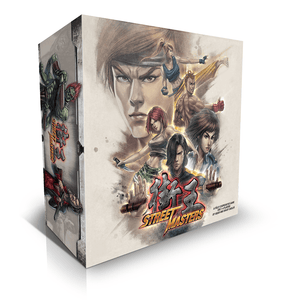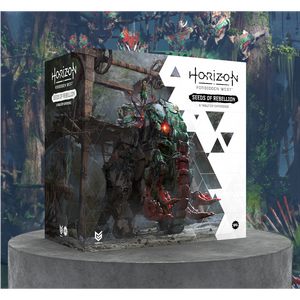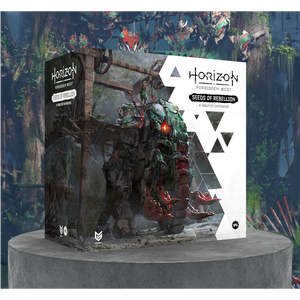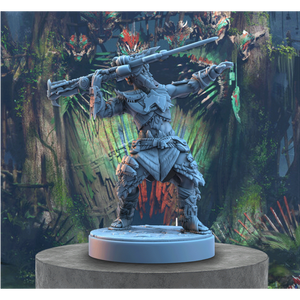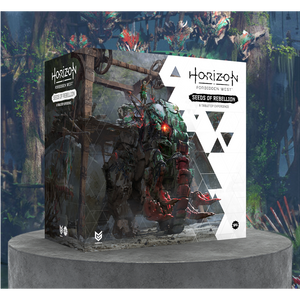Welcome back, Tarnished. Sherwin here with the latest designer diary as we count down to the launch on November 22...
Our exploration of the breathtaking Lands Between has been interrupted by our first combat encounter! And this tabletop combat system isn’t like anything you’ve seen.
Grab your quest book, find your arena, and drop into an aggressive, neutral, or defensive battle stance… your life may depend on the decision you make.
(As always, keep an eye out for the miniature reveals throughout...)
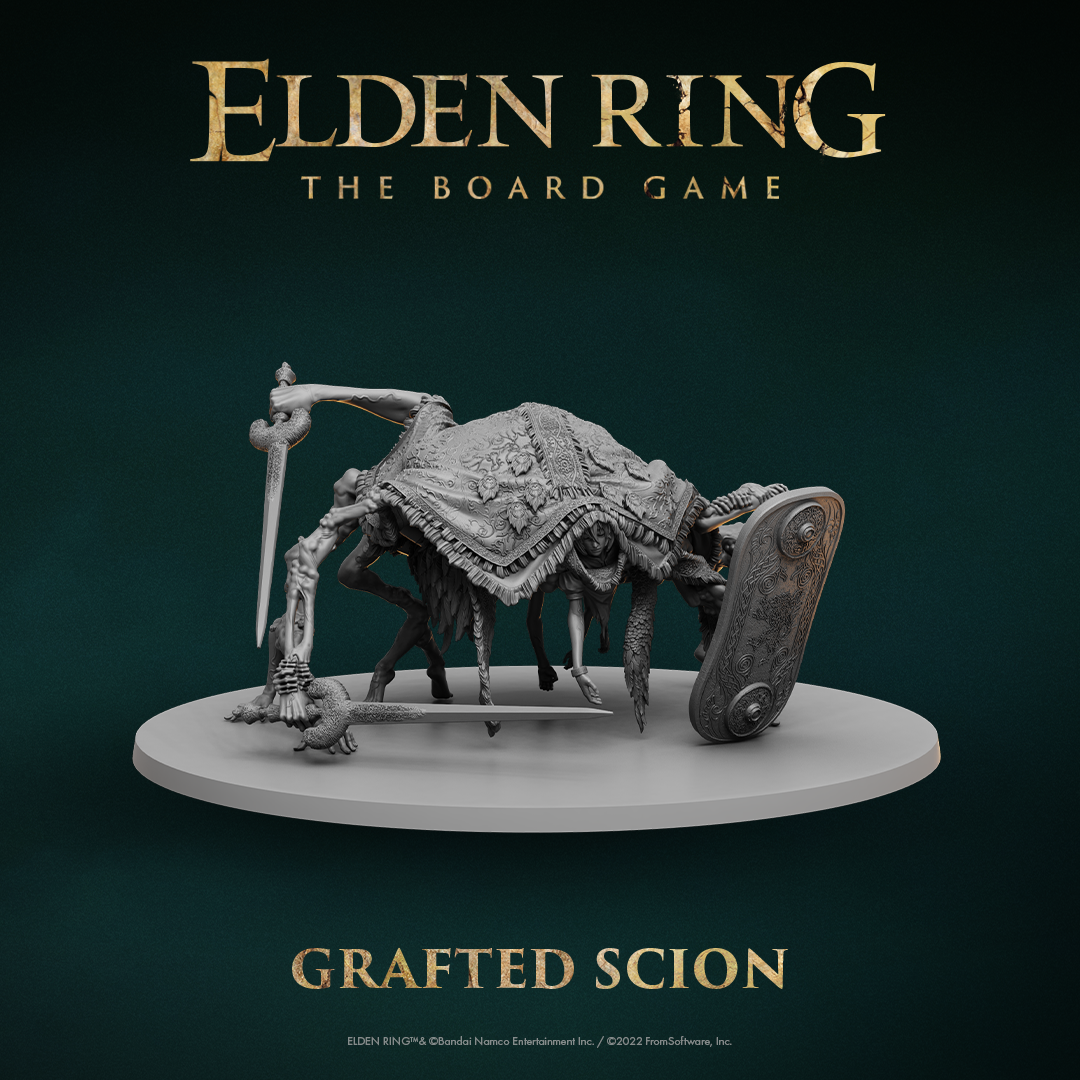
Duel Systems
Okay, let’s zoom out for a second to talk about what’s actually going on here.
I’ll start by answering an often-asked question:
Yes, combat in ELDEN RING™: The Board Game is very different to combat in DARK SOULS™: The Board Game.
When we approach any game, we always start fresh. There are no assumptions made, and we certainly don’t just rebadge an existing system to fit a new skin. Each game offers an exciting challenge to our team to create an experience that feels true to the IP, and we embrace that fully.
At first glance, you could easily be forgiven for thinking combat in the two video games is very similar.
Player actions and animations have many similarities, like rolling to avoid blows and drinking from flasks. Both games are punishing, but reward careful and considered movement and cleverly-timed attacks. And in both games, knowing how an enemy will act and learning their ‘tells’ is paramount.
Yet, that’s only a small piece of the story.
In DARK SOULS the majority of your game time is spent fighting enemies. But, the more I played ELDEN RING, the more I realised quite how much of your time is spent roaming the Lands Between.

When I recognised this, I came to appreciate the video game in an entirely new way. An inescapable part of its beauty is the effortless way it transitions the player from moving across a sprawling landscape, their focus only on the horizon, to a much more intimate experience — head-on combat.

Suddenly, melee engagements are even more special. They take place against the same backdrop as before, but your view narrows until it’s just you, your opponent/s, and the fight for survival. Against this backdrop, your decisions need to become faster and more focused. Everything else fades away.
And once your opponent is defeated? The camera zooms back out once more.
It was this feeling we wanted to capture. Each combat encounter needed to be a personal and considered experience for each individual player. Capture that, and we’d nail the special something that makes combat in ELDEN RING feel so unique.
But how could we achieve that on the tabletop?
Well, I’m always a big advocate for incorporating psychology into our games, as anyone who’s played the board games I’ve worked on can hopefully vouch for. And that psychology should come from the players themselves, not a rulebook. From our earliest days working together, Mat Hart (Steamforged Games Co-founder and Chief Creative Officer) and I have spent a lot of time discussing how tactile components can lead to specific player experiences, without needing to be dictated by a specific rule or mechanic.
The Quest Book

To this end, every player has their own ring-bound quest book. Whenever your Tarnished is plunged into combat, you’ll flip through this book until you reach the corresponding page. There you’ll find everything you need to know: an introduction to the encounter, a combat grid on which you’ll face your opponent, any special rules you need to be aware of, and the rewards if you’re successful.
Yes, you read that right:
Combat doesn’t take place on the map tiles. It’s a face-to-face encounter with whatever enemies crossed your path.
This way, you can then resolve the combat during your turn without delaying or interrupting the other players as they explore. And, crucially, it’ll be your own deeply personal experience. (Conversely, if you summon another player to help you, there’s a lovely thematic element of the ally appearing in your quest book!)
“That’s all well and good,” I hear you say, “but I want to hear more about the specific mechanics!” Well, read on…
The Battle Stance System
As I mentioned earlier, combat in the ELDEN RING video game is deeply intelligent. Enemies use specific attack patterns and artificial intelligence. And players must work around that, biding their time to strike. A mistake can cost you dearly, and swiftly send you back to the nearest Site of Grace or Stake of Marika.
Movement and timing are obvious points to cover, but I’ll put both on hold for a moment. Let’s explore the Battle Stance system, which governs combat and informs the decisions you’ll make.
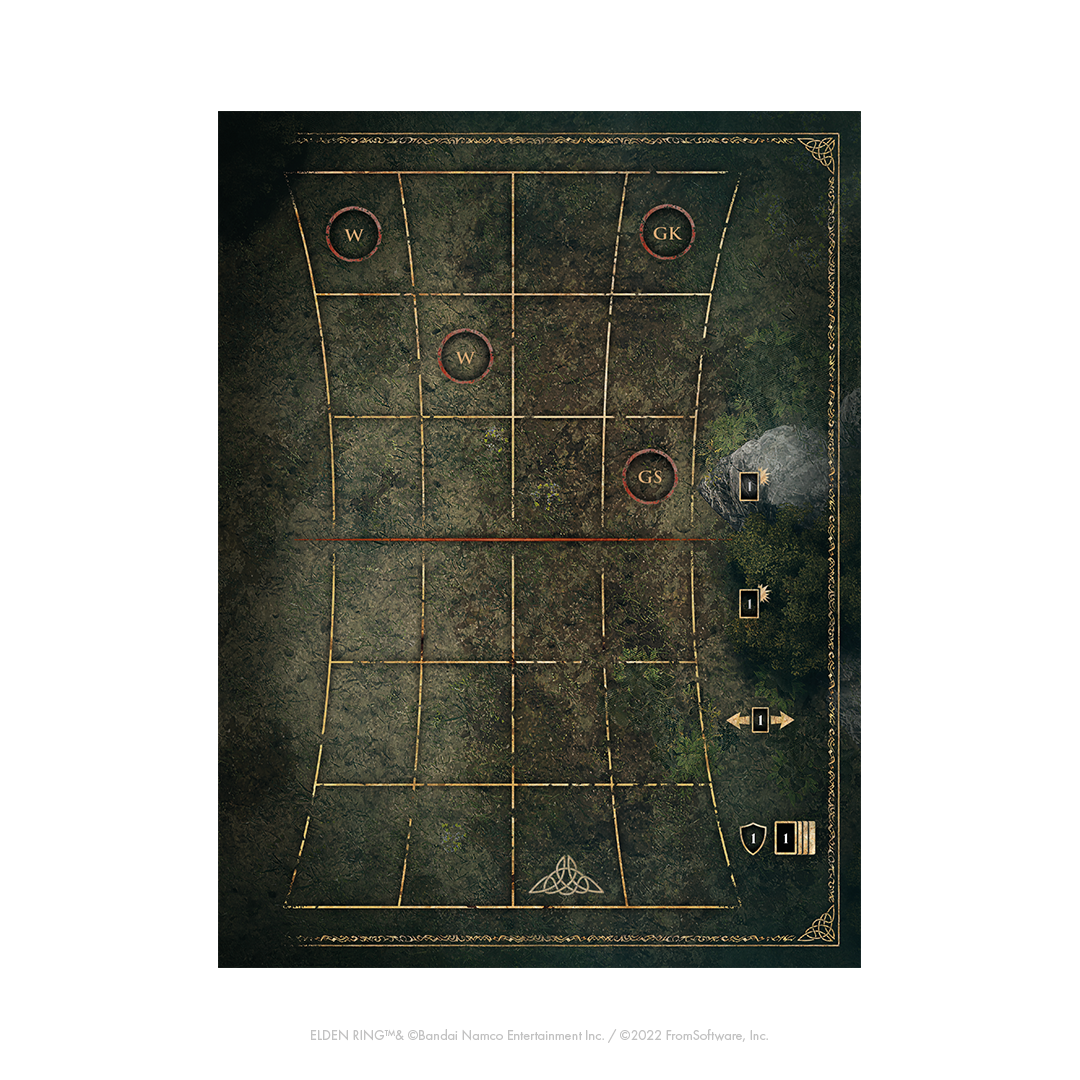
Initially, you might look at this grid and see an unorthodox series of squares, but don’t let that fool you.
The red line bisecting this grid indicates the battleline, and establishes two distinct sections. The top area is for enemies, and the bottom area is for Tarnished. Horizontal rows of squares are spatial, representing the area to either side of the Tarnished’s square. Rather than representing the area around which models move, however, vertical lanes represent stances.
There are three stances you can take, and each has its own advantages, represented by the icons to the side of the grid. These can change, depending on the battlefield in question and conditions. Thus, each encounter becomes a unique puzzle to overcome.
In any lane, the closest square to the battleline is the aggressive stance. Tarnished in this stance draw additional effect cards (more on those next time around!) when they attack, and are more likely to inflict higher damage to the enemy.
The middle square in a lane represents the neutral stance. Tarnished in this stance can adjust their standing in the initiative order — which is drawn at the start of the round, and determines the order in which Tarnished and enemies get to act —, allowing them more agency to strike fast, sidestep an upcoming enemy lunge,, or wait until the enemy has committed to the attack and then exploit a break in their guard.
The rearmost square in a lane is the defensive stance. Tarnished in this stance draw additional effect cards when defending, and recover stamina faster, drawing an attack card at the end of their turn.
In addition to these stances, there’s also a player-facing icon on the enemy’s side of the battleline. If an enemy is in this row, their guard is open and a Tarnished is more likely to inflict higher damage when attacking them. Some Tarnished attacks will even let you push your enemy around if successful, adjusting their position to reap beneficial effects or avoid harmful ones.
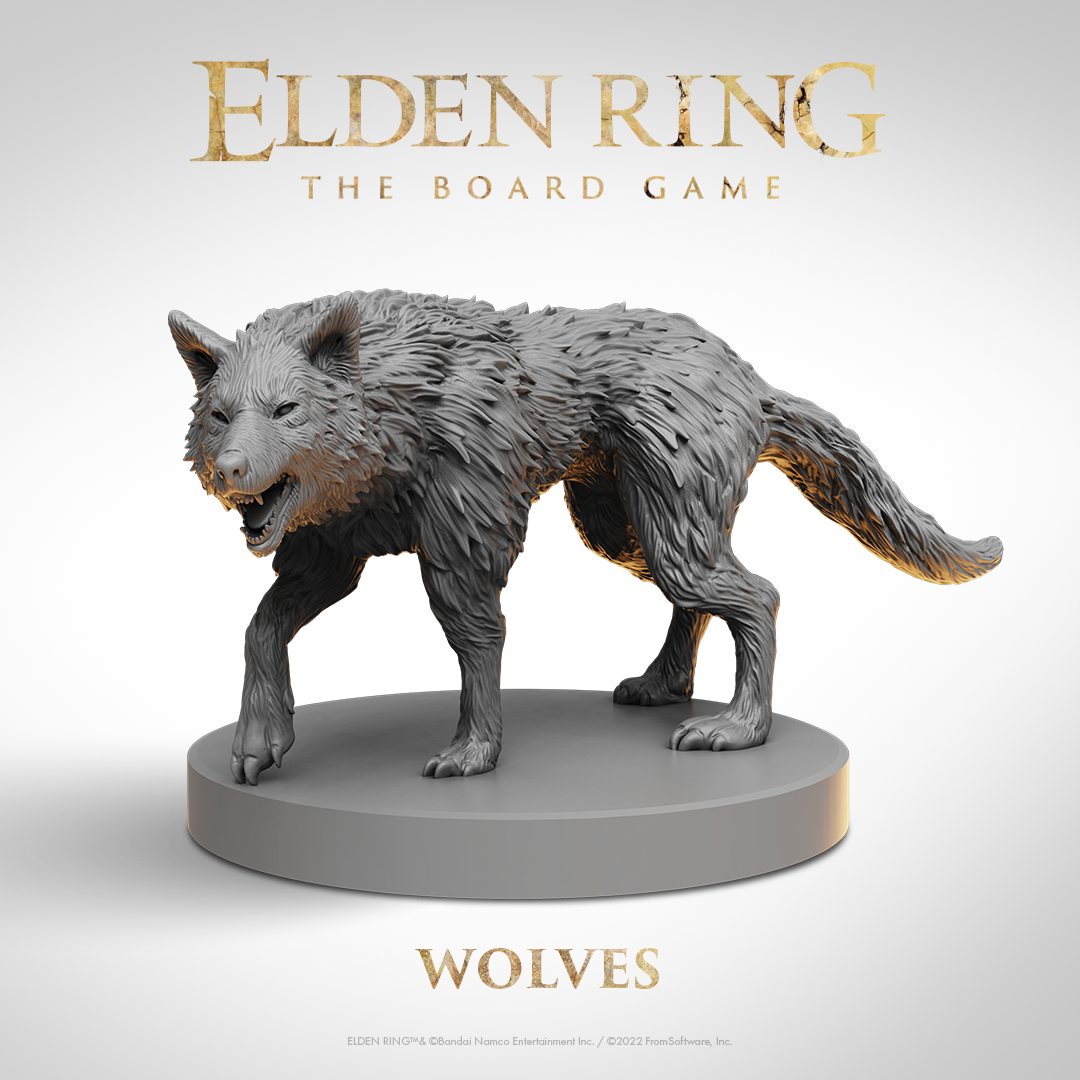
Of course, enemies have ways and means of using the Battle Stance system to their own advantage, too.
The Battle Stance system lends unparalleled depth to each combat encounter. In addition to the cards you use to make attacks and your spatial position on the grid, you must also consider which stance to adopt, and where the enemy AI will direct you.
Perhaps you begin aggressively, trying to eliminate your foes as quickly as possible, and only lean back into a defensive stance when you’ve run out of stamina and need to recuperate. Or do you take a defensive stance from the off and bait the enemy forward to attack, shifting into an aggressive stance only once they’re vulnerable?
The choice is yours, and there’s no right or wrong answer. Everything depends on your playstyle, equipment, the enemies you face, and the conditions of the battlefield. You’ll need to be adept at reading the lay of the land, and making quick decisions.
Oh, and before I forget. If you’re wondering how our massive bosses fit into a single quest book, don’t worry...

...when your party comes together to fight in a dungeon, you push your books together to make a single large grid, allowing you to fight against the same formidable foe!

That’s All… For Now
Turns out this first combat diary was a liiiiittle chunky. So, rather than create a monster article that goes on for pages and pages, we’ve decided to split it into two. I’ll be back very soon with the second instalment, detailing how your equipment influences the types of attacks you can make, and how your individual characteristics scale, making your attacks even better as you level up.
Not long to go until launch now, Tarnished. If you aren’t following the Kickstarter already, you can do that here.
Enjoyed this diary and have questions that need answers? You’ll find me and other Tarnished in the Facebook group or on BoardGameGeek!


 Join us on Discord
Join us on Discord


